UPDATE: Since this was originally published, Fierce Wireless has updated its original piece claiming that the estimate of 5,000 units sold was only through Sprint, and did not include possible numbers from ordering through Essential directly.
A new report from BayStreet Research (via Fierce Wireless) estimates that only 5,000 units of the Essential Phone have been sold since the device was launched last month. These are rather disappointing numbers from Andy Rubin’s latest venture and may leave the company looking to other vices to enter the mobile market.
However, these numbers aren’t all that surprising considering the history of the Essential Phone, and what has happened since the device was announced. Everything began way back in March when Rubin tweeted an image of a device with a bezel-less design, getting many Android Phanboys all excited to see the Godfather of Android back in action.
Then came more teasers, leading up to the Essential Phone’s announcement, where the company announced an all-new flagship device was on the horizon. The PH-1 features a 5.7-inch QHD display while being powered by the Snapdragon 835 SoC, 4GB of RAM, and 128GB of storage. The device is also coupled with a dual-rear camera system that has been rather underwhelming, while Essential continues to release software updates to hopefully fix the lackluster performance.
In addition to the flagship specs, Rubin and the team at Essential opted to take another look at modularity, by introducing two magnetic pins, which are placed in the top-right hand corner of the device. This is where you can use add-on accessories such as the 360-degree camera which has just recently been launched, while the company plans to release more options in the future.
Now, when the PH-1 made its debut back on May 30th, the device was listed for $699, which wasn’t surprising considering its attempt to enter the flagship mix, but then something strange happened. Essential went dark. After an interview at the Code Conference where Rubin stated the PH-1 would launch within 30 days, there was almost no communication from Essential, let alone mention of a final release date.
Fast forward a few weeks, and an announcement was made that Essential would be partnering with Sprint to provide the PH-1 if you were looking for a carrier option. This move made some scratch their heads as Sprint is ranked #4 in the country out of the major carriers, and is currently in the middle of talks with T-Mobile for a possible merger. But the move was pretty impressive considering this was Essential’s first foray and getting a carrier onboard was definitely an achievement in its own right.
Then, after months of waiting and seeing other devices announced, including the LG V30 and Samsung Galaxy Note 8, Essential FINALLY began shipping devices out to those who pre-ordered it. In September, the PH-1 finally made it to storefronts, making it possible for you to walk in and grab one, without worrying about dealing with shipping constraints or issues from Essential.
So let’s take a look at the timeframe here. The device was teased in March, announced in May, then not released until September. That’s a span of 4 months with nothing in the hands of customers, including a rather long span of time when the company went completely dark, leaving everyone wondering what happened. In that span, we saw the Galaxy S8/S8 Plus take over, the Galaxy Note 8 launch, and the LG V30 get announced. Not good for a company looking to make a big splash.
But maybe that’s part of the problem. Maybe Rubin and Essential weren’t necessarily aiming its sights on the mass market and were aiming its sights on the now-defunct Nexus community. But that couldn’t be the case as the PH-1 is priced just slightly below that of the Pixel XL. Who knows what Rubin and Essential are doing, but the company has some big work ahead if it plans to have sustainable future with the PH-1 and other projects.

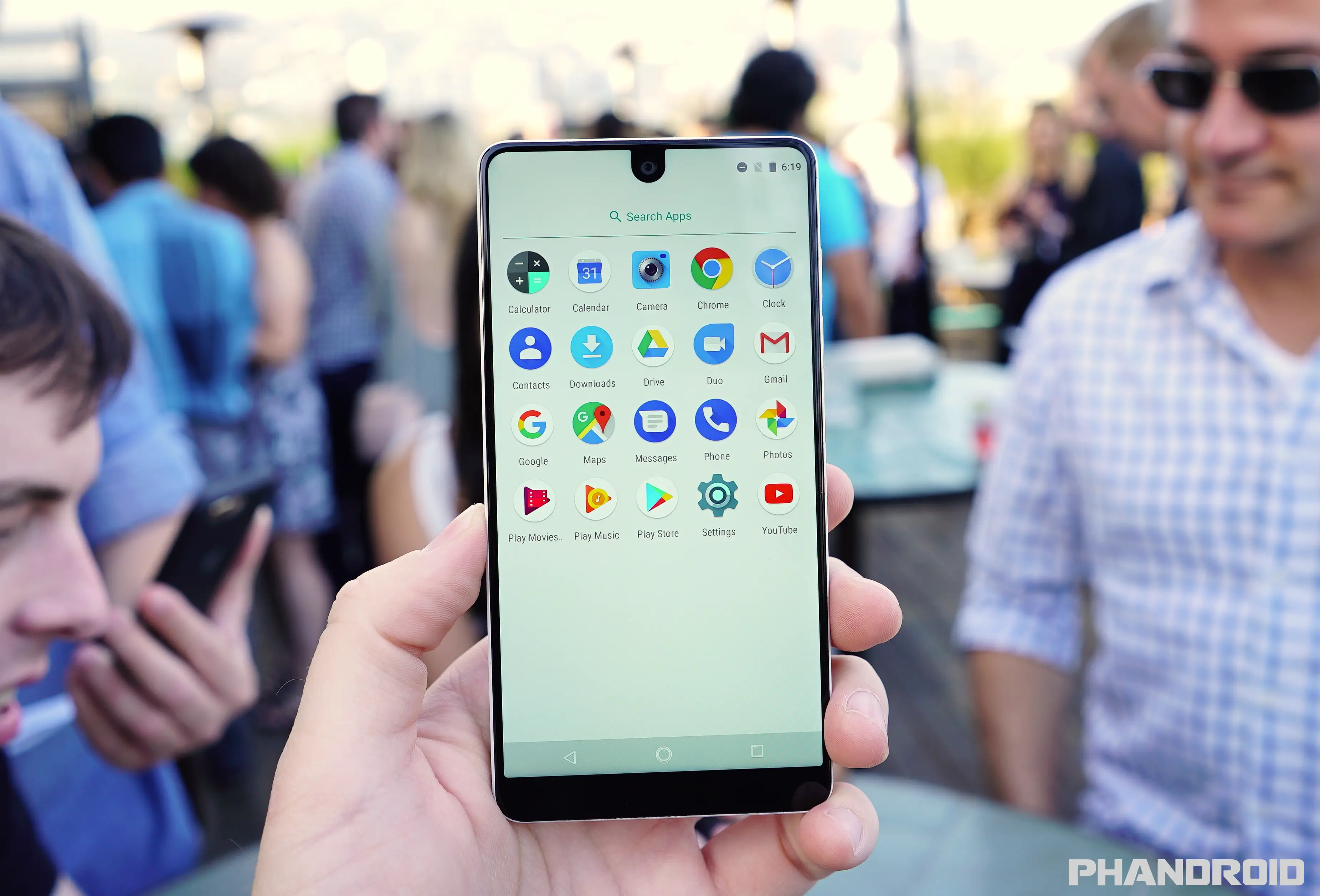

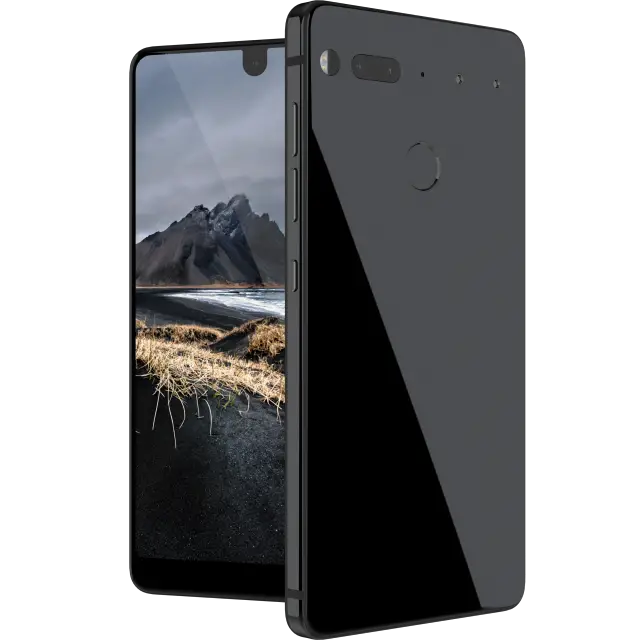
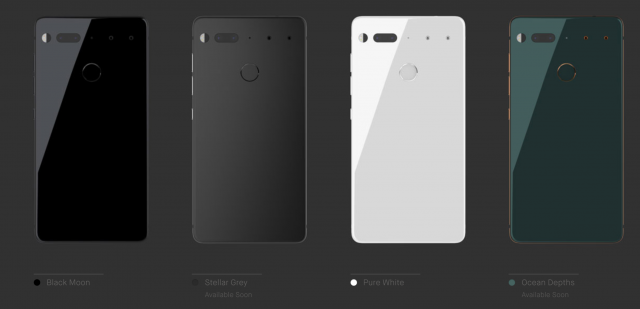

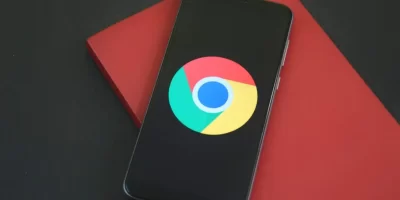
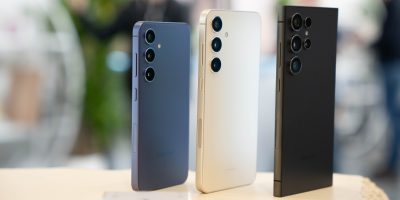
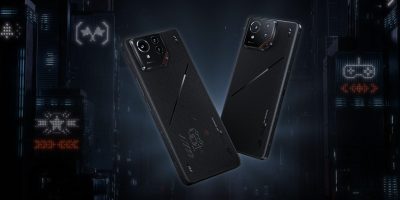
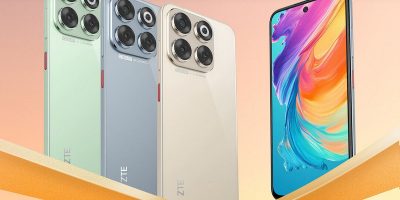

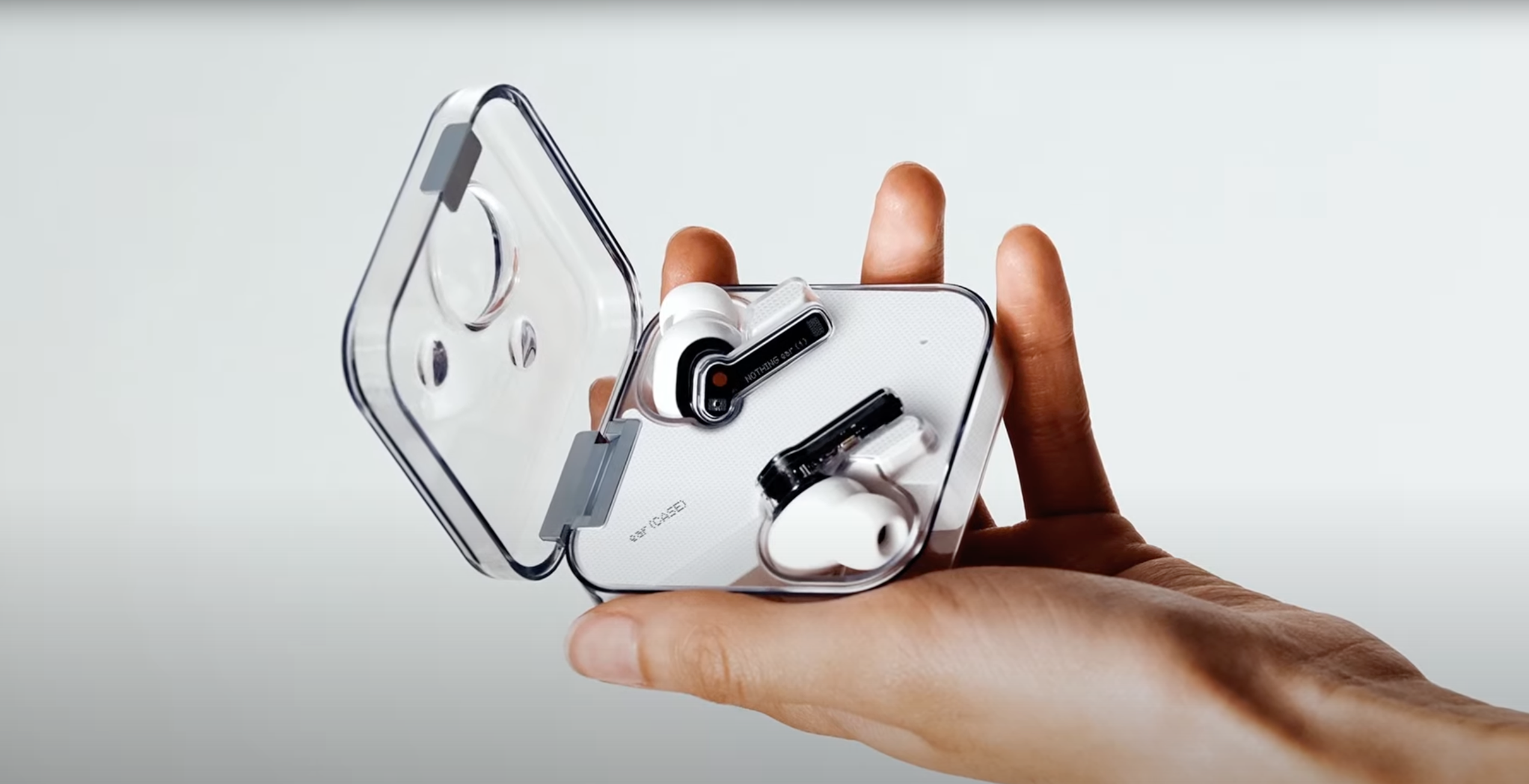


Comments